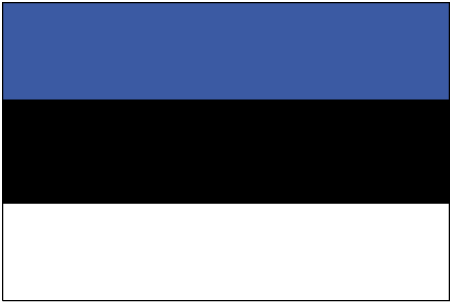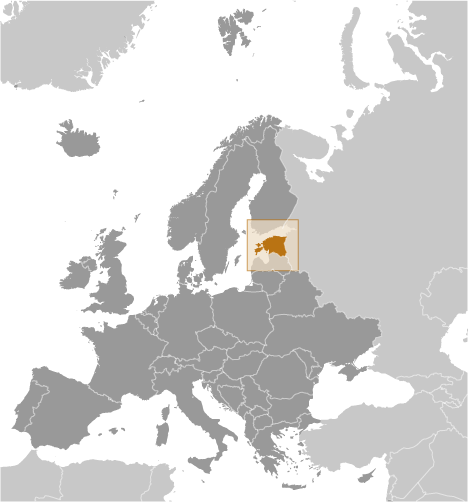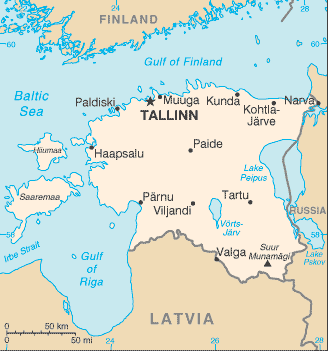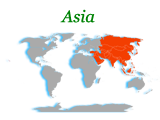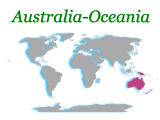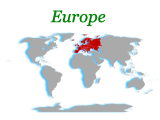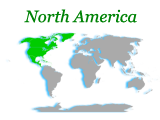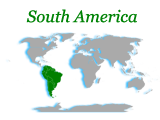After centuries of Danish, Swedish, German, and Russian rule, Estonia attained independence in 1918. Forcibly incorporated into the USSR in 1940 - an action never recognized by the US - it regained its freedom in 1991 with the collapse of the Soviet Union. Since the last Russian troops left in 1994, Estonia has been free to promote economic and political ties with Western Europe. It joined both NATO and the EU in the spring of 2004.
Population
1,291,170 (July 2010 est.)
Country comparison to the world:154
Nationality
Noun:Estonian(s)
Adjective: Estonian
Ethnic groups
Estonian 67.9%, Russian 25.6%, Ukrainian 2.1%, Belarusian 1.3%, Finn 0.9%, other 2.2% (2000 census)
Religions
Evangelical Lutheran 13.6%, Orthodox 12.8%, other Christian (including Methodist, Seventh-Day Adventist, Roman Catholic, Pentecostal) 1.4%, unaffiliated 34.1%, other and unspecified 32%, none 6.1% (2000 census)
Languages
Estonian (official) 67.3%, Russian 29.7%, other 2.3%, unknown 0.7% (2000 census)
Country Name
Conventional long form:Republic of Estonia
Conventional short form:Estonia
Local long form:Eesti Vabariik
Local short form:Eesti
Former:Estonian Soviet Socialist Republic
Government Type
parliamentary republic
Capital
Name:Tallinn
Geographic coordinates:59 26 N, 24 43 E
Time difference:UTC+2 (7 hours ahead of Washington, DC during Standard Time)
daylight saving time: +1hr, begins last Sunday in March; ends last Sunday in October
Administrative divisions
15 counties (maakonnad, singular - maakond); Harjumaa (Tallinn), Hiiumaa (Kardla), Ida-Virumaa (Johvi), Jarvamaa (Paide), Jogevamaa (Jogeva), Laanemaa (Haapsalu), Laane-Virumaa (Rakvere), Parnumaa (Parnu), Polvamaa (Polva), Raplamaa (Rapla), Saaremaa (Kuressaare), Tartumaa (Tartu), Valgamaa (Valga), Viljandimaa (Viljandi), Vorumaa (Voru)
note: counties have the administrative center name following in parentheses
Independence
20 August 1991 (from the Soviet Union)
National Holiday
Independence Day, 24 February (1918); note - 24 February 1918 was the date Estonia declared its independence from Soviet Russia; 20 August 1991 was the date it declared its independence from the Soviet Union
Constitution
adopted 28 June 1992
Legal system
based on civil law system; accepts compulsory ICJ jurisdiction with reservations
Suffrage
18 years of age; universal for all Estonian citizens
Executive branch
Chief of state:President Toomas Hendrik ILVES (since 9 October 2006)
Head of government:Prime Minister Andrus ANSIP (since 12 April 2005)
Cabinet:Ministers appointed by the prime minister, approved by Parliament
(For more information visit the World Leaders website)
Elections:president elected by Parliament for a five-year term (eligible for a second term); if a candidate does not secure two-thirds of the votes after three rounds of balloting in the Parliament, then an electoral assembly (made up of Parliament plus members of local councils) elects the president, choosing between the two candidates with the largest number of votes; election last held on 23 September 2006 (next to be held in the fall of 2011); prime minister nominated by the president and approved by Parliament
Election results: Toomas Hendrik ILVES elected president on 23 September 2006 by a 345-member electoral assembly; ILVES received 174 votes to incumbent Arnold RUUTEL's 162; remaining 9 ballots left blank or invalid
Legislative branch
unicameral Parliament or Riigikogu (101 seats; members elected by popular vote to serve four-year terms)
Elections:last held on 4 March 2007 (next to be held in March 2011)
Election results:percent of vote by party - Estonian Reform Party 27.8%, Center Party of Estonia 26.1%, Union of Pro Patria and Res Publica 17.9%, Social Democratic Party 10.6%, Estonian Greens 7.1%, Estonian People's Union 7.1%, other 5%; seats by party - Estonian Reform Party 31, Center Party 28, Union of Pro Patria and Res Publica 19, Social Democratic Party 10, Estonian Greens 6, Estonian People's Union 6, independent 1
Judicial branch
Supreme Court (chairman appointed for life by Parliament)
Political Parties and Leaders
Center Party of Estonia (Keskerakond) [Edgar SAVISAAR]; Estonian Greens (Rohelised) [Marek STRANDBERG]; Estonian People's Union (Rahvaliit) [Karel RUUTLI]; Estonian Reform Party (Reformierakond) [Andrus ANSIP]; Social Democratic Party [Juri PIHL]; Union of Pro Patria and Res Publica (Isamaa je Res Publica Liit) [Mart LAAR]
International organization participation
Australia Group, BA, BIS, CBSS, CE, EAPC, EBRD, EIB, ESA (cooperating state), EU, FAO, IAEA, IBRD, ICAO, ICCt, ICRM, IDA, IFC, IFRCS, IHO, ILO, IMF, IMO, Interpol, IOC, IOM, IPU, ISO (correspondent), ITU, ITUC, MIGA, NATO, NIB, NSG, OAS (observer), OECD (accession state), OPCW, OSCE, PCA, Schengen Convention, UN, UNCTAD, UNESCO, UNHCR, UNITAR, UNTSO, UPU, WCO, WFTU, WHO, WIPO, WMO, WTO
Diplomatic representation in the US
Chief of mission:Ambassador Vaino REINART
Chancery:2131 Massachusetts Avenue NW, Washington, DC 20008
Telephone:[1] (202) 588-0101
FAX:[1] (202) 588-0108
Consulate(s) general:New York
Diplomatic representation from the US
Chief of mission:Ambassador Michael C. POLT
Embassy:Kentmanni 20, 15099 Tallinn
Mailing address: use embassy street address
Telephone:[372] 668-8100
FAX:[372] 668-8265
Flag description
three equal horizontal bands of blue (top), black, and white; various interpretations are linked to the flag colors; blue represents faith, loyalty, and devotion, while also reminiscent of the sky, sea, and lakes of the country; black symbolizes the soil of the country and the dark past and suffering endured by the Estonian people; white refers to the striving towards enlightenment and virtue, and is the color of birch bark and snow, as well as summer nights illuminated by the midnight sun
